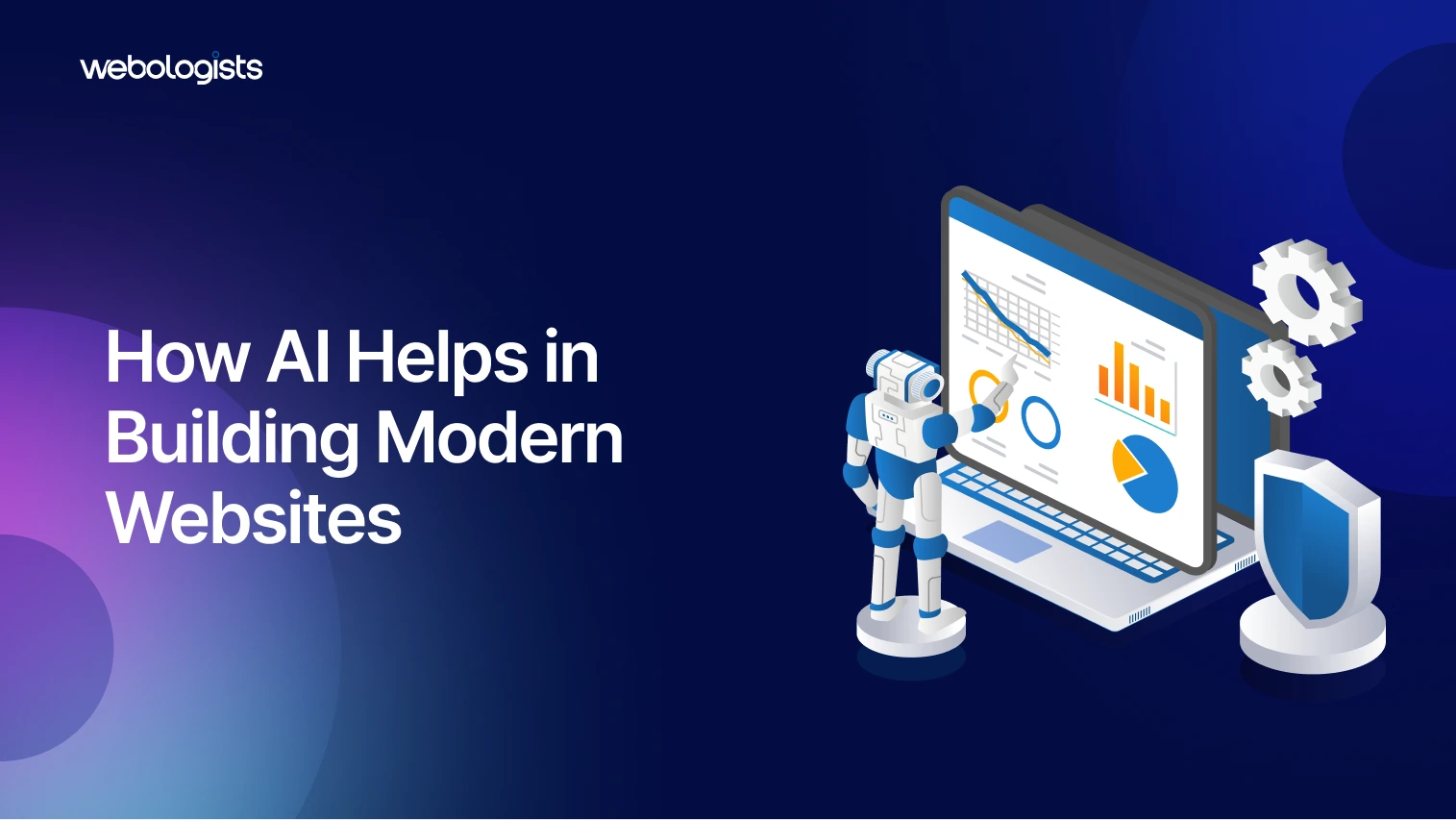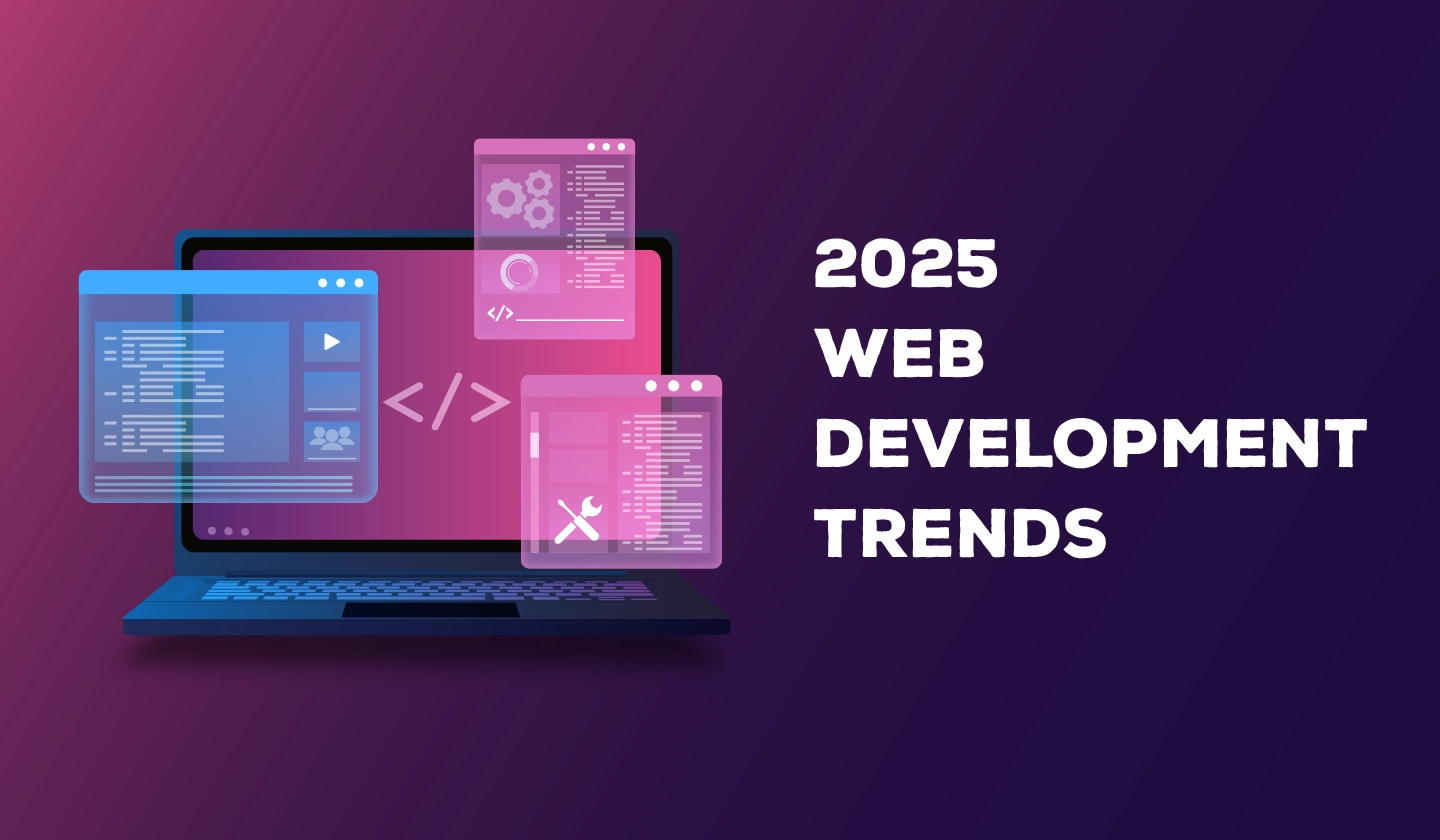
It’s 2025, and mobile users have never been harder to impress. People check their phones over 150 times a day, yet they’re savvier than ever. They are now choosy about what earns a spot on their screens and skeptical of bloated apps that hog space and kill battery life.
This is where Progressive Web Apps (PWAs) come in.
They deliver the sleek, fast, and seamless experiences users now expect, without the friction of downloads or updates. App fatigue is real, and the app store era is fading fast. If your business wants to lead in mobile engagement this year, PWAs are not just an option anymore.
Let’s understand this new standard.
Table of Contents
- 1 What Exactly Is a Progressive Web App?
- 2 Real Results: Success Stories from Big Brands
- 3 The Business Case: Benefits of Progressive Web Apps
- 4 What to Look for in Progressive Web App Development Services
- 5 Web Development Trends Fueling the PWA Boom
- 6 Looking Ahead: PWAs in 2025 and Beyond
- 7 Final Thoughts
What Exactly Is a Progressive Web App?
Think of a PWA as a hybrid between a website and a mobile app. It runs in your browser but acts like a native app. That means you can add it to your home screen, use it offline, and get push notifications—all without needing to download anything from an app store.
A progressive web app uses modern web capabilities to deliver an app-like experience. It’s responsive, secure, fast, and reliable. It blurs the lines between mobile and desktop, website and app. The result? A powerful, engaging user experience accessible to anyone with a browser.
Let’s see why PWAs are going to take over:
1. Faster Than a Caffeine Rush
Speed isn’t just a nice-to-have—it’s make or break. Every second of delay in load time can result in lost users and missed conversions. PWAs use service workers and smart caching to load pages almost instantly, even with a shaky internet connection.
For users, that means minimal waiting and maximum engagement. For businesses, it means lower bounce rates and higher revenue. With loading times up to four times faster than traditional mobile websites, PWAs ensure your users stay interested and engaged.
2. Offline Mode = Always Available
No internet? No problem. One of the standout benefits of progressive web apps is their offline functionality. Thanks to service workers—scripts that run in the background—users can still interact with your app even when they’re disconnected.
This isn’t just convenient; it’s game-changing. Imagine users filling their cart, reading content, or checking their schedule during a flight or in an area with poor coverage. With a PWA, you stay connected to users even when they’re technically offline.
3. Push Notifications That Actually Work
Push notifications are one of the most effective engagement tools out there—if they’re used right. PWAs let you send timely, relevant updates directly to users, just like native apps do.
Whether it’s a flash sale, breaking news, or a reminder to check out an abandoned cart, push notifications can dramatically increase user return rates. And because they’re opt-in, they’re a non-intrusive way to stay top-of-mind.
4. Save Storage, Save the Planet
Users are now tired of giant apps that hog storage space. One of the biggest advantages of PWAs is their minimal footprint. They typically take up less than 1MB of space—compared to native apps that often weigh in at 100MB or more.
Smaller apps mean faster downloads, better performance on older devices, and happier users. Plus, with fewer data-heavy downloads, you’re also being kinder to users’ data plans and to the environment.
5. One Codebase to Rule Them All
Why build and maintain separate apps for iOS, Android, and the web when you can have one app that works everywhere? PWAs eliminate the need for platform-specific development, saving time, money, and resources.
With a single codebase, updates and bug fixes are streamlined. Users always have access to the latest version, and businesses can launch faster and scale smarter.
Real Results: Success Stories from Big Brands
Let’s look at what happened when major companies went all-in on progressive web app development:
- Pinterest: After launching their PWA, core engagement metrics jumped by 60%, and time spent on site rose by 40%. The bounce rate dropped significantly.
- Starbucks: Their PWA is 99.84% smaller than the iOS app, works offline, and doubled their daily active users.
- Forbes: Forbes slashed its load time to under 1 second and saw a 40% increase in user session lengths.
These aren’t isolated wins, they’re a clear pattern. Brands that prioritize speed, performance, and accessibility through PWAs are reaping serious rewards.
The Business Case: Benefits of Progressive Web Apps
PWAs aren’t just good for users—they make serious business sense too. Forward-thinking companies are investing in progressive web app development because it directly impacts their bottom line. Here’s a deeper look at why more organizations are making the switch:
Cut Costs
Building and maintaining separate apps for iOS, Android, and desktop is costly and time-consuming. PWAs simplify this by offering a single build that works across all platforms. This reduces development time, maintenance overhead, and long-term operational costs.
Reach More Users
Not everyone wants to download an app. PWAs are accessible directly via a web browser—no app store required. This means your app is instantly available to anyone, anywhere, on any device, increasing reach and eliminating barriers to entry.
Boost Conversions
PWAs combine the smooth experience of a native app with the convenience of the web. With features like lightning-fast load times, offline access, and push notifications, users are more likely to complete actions—like signing up, making purchases, or returning for repeat visits.
Improve SEO
Native apps live in app stores and are invisible to search engines. PWAs, on the other hand, are fully indexable. This makes your content discoverable on Google, which can significantly boost your organic traffic and visibility.
Increase Engagement
A well-designed PWA can live on a user’s home screen and send timely notifications—just like a native app. This keeps your brand top-of-mind and encourages regular interaction without the friction of constant updates or storage concerns.
What to Look for in Progressive Web App Development Services
Choosing the right partner is key to PWA success. The best progressive web app development services will offer:
- User-Centric Design: The interface should be intuitive, responsive, and built with real users in mind.
- Expert JavaScript Development: Strong command of JavaScript frameworks like React, Angular, or Vue is essential.
- Performance Optimization: From first load to ongoing interactions, speed should be baked into every element of the PWA.
- Security Compliance: HTTPS, secure data storage, and regular audits should be standard.
- Comprehensive Support: From planning and design to launch and maintenance, you need a partner who’s with you all the way.
Working with the right progressive web app development company can transform your digital strategy—and your results.
Web Development Trends Fueling the PWA Boom
PWAs are part of a broader movement in modern web development. Here are the web development trends making them even more powerful:
- Headless CMS: Decoupling content from the frontend allows for greater flexibility and faster content delivery.
- Edge Computing: Bringing servers closer to users reduces latency and speeds up load times.
- AI and Personalization: AI-driven recommendations and real-time personalization can be integrated into PWAs to boost engagement.
- Voice Search Optimization: As more users rely on voice assistants, PWAs are being built to accommodate natural language queries.
- AR/VR Integration: Augmented and virtual reality experiences are now possible through web apps—unlocking immersive customer journeys.
Looking Ahead: PWAs in 2025 and Beyond
Mobile usage will only increase in the coming years. As users expect more from their digital experiences, PWAs are uniquely positioned to deliver. They’re faster, smarter, and more adaptable than ever before.
Industry analysts predict that the market for progressive web app development will surge past $10 billion in the near future. Sectors like ecommerce, fintech, education, and even government services are adopting PWAs to meet evolving user needs.
The writing’s on the wall: PWAs aren’t just a web development trend—they’re a new standard.
Final Thoughts
Progressive Web Apps bring together the best of web and mobile into one powerful package. They’re easy to use, fast to build, cost-effective, and loved by users. As more brands embrace them, the digital experience bar continues to rise.
If you want to boost engagement, lower development costs, and stay competitive in a mobile-first world, now is the time to explore PWAs. Partner with a trusted web app development company like ours that specializes in progressive web apps.
Get in touch with us today!




